Do You Know What’s in Your Water?
Did you know that you have more chlorine in your tap water then you do in your swimming pool(check out the water we tested here)? And the craziest part about that is, 2/3 of our exposure to chlorine is absorbed through our skin when we take a bath or shower because our skin absorbs chlorine 6 times faster than if we were to drink it.
Another fun fact is that the average American drinks a little more than 4 cups of plain water per day. The average daily amount of total water Americans consume is about 13.4 cups of water per day. Forty-eight percent of that comes from beverages other than plain drinking water and 18 percent from food. While we have little control over the kind of water that goes into the delicious burrito we had for lunch or the latte we got at that awesome café in the morning, what we do have control over is the kind of plain water that comes into our house.
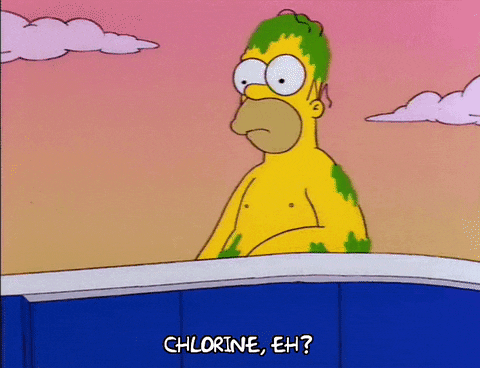
How Does the City Ensure Our Water Stays Safe Until It Reaches Us?
Our drinking water comes from lakes, rivers, and groundwater. The water then flows from intake points to a treatment plant, A typical water treatments process goes something likes this:
- Coagulation and flocculation – Chemicals are added to the water. They bind with the dirt and dissolved particles, forming larger particles called floc.
- Sedimentation – The floc is heavy, so it settles to the bottom of the tank.
- Filtration – The clear water on top passes through filters composed of sand, gravel, and charcoal to remove dissolved particles such as dust, parasites, bacteria, viruses, and chemicals.
- Disinfection – Chlorine and ammonia (chloramine) are added to kill parasites, bacteria, viruses, germs. Fluoride is said to be added to prevent tooth decay*.
Various other chemicals can be added to adjust for hardness and pH levels or to prevent corrosion, based on the water source depending on where you are in the United States.
Being that the quality of water depends highly on what city you live in, we wanted to dig deeper and know the specifics of what exactly is in the water coming out of our tap and going into our body, so we checked our consumer confidence report. Some of the contaminants and disinfectants in our local water supply are: Chloramines, (Chlorine/ammonia), Arsenic, Barium, Fluoride, Nitrate, Nitrite, Sodium, Haloacetic Acids, TTH [Total trihalomethanes], copper, and lead.
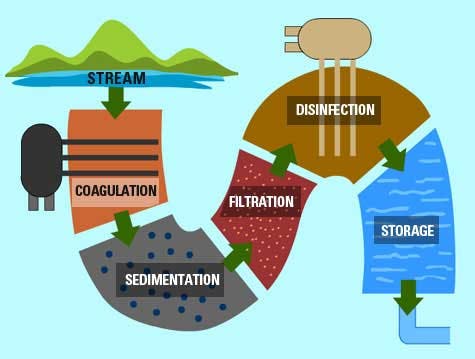
So, What Are the Effects of These Contaminants and Disinfectants?
Chloramine is a combination of chlorine and ammonia. Some of the effects of chloramine are airway irritation, wheezing, difficulty breathing, cough, chest tightness, skin irritation, burns to the mouth, burns to the throat and stomach. There have been studies that have shown high correlation between cancer and exposure to chlorine. Chlorine can react with naturally occurring organic compounds, creating what are known as disinfection by-products (DBPs) which are associated with kidney and liver problems.
Arsenic is a carcinogen in multiple organ systems. It can cause serious effects of the neurologic, respiratory, hematologic, cardiovascular, gastrointestinal, and other systems.
Barium has been found to potentially cause gastrointestinal disturbances and muscular weakness.
Fluoride comes from Fluorine. *Excess exposure can lead to bone disease known as skeletal fluorosis, Thyroid problems, neurological problems, acne and skin problems, cardiovascular problems, and reproduction issues.
Nitrate/Nitrite can cause an increase in methemoglobin levels (Methemoglobinemia is a blood disorder in which too little oxygen is delivered to your cells) and in severe cases, respiratory and heart problems and death.
Sodium in excess can cause enlarged heart muscle, headaches, kidney disease, kidney stones, osteoporosis, stroke, heart failure, and high blood pressure.
Haloacetic Acids (HAA5) refer to the five haloacetic acids most found in drinking water. At higher concentrations of HAAs (haloacetic acids), animal studies have shown toxic effects in the liver, testes, pancreas, brain, nervous system, heart and kidney malformations, and lower growth rate in newborns. HAAs are found to be a potential carcinogen. They have increased the incidence of liver cancer and in humans, an increase in bladder cancer. Some studies continue to find associations between increasing DBP (disinfection by-products) and growth deficits in newborns such as lower than normal birth weight. The cancer is estimated to increase by about 1 in 60,000 for every 10 years of exposure.
TTH [Total trihalomethanes] are a cancer-causing contaminant that form during water treatment with chlorine and other disinfectants.
Copper in higher than normal levels can cause nausea, vomiting, stomach cramps, or diarrhea
Lead in excess can cause anemia, weakness, kidney and brain damage.
Still today, chlorine remains the primary disinfectant in the majority of municipalities in the US, because of its effectiveness and low cost.

That’s Fine Because I Only Drink Bottled Water…
Thanks in part to aggressive marketing, the bottled water industry has successfully convinced most of us that water purchased in bottles is a healthier alternative to tap water. However, according to a four-year study conducted by the Natural Resource Defense Council, bottled water is not necessarily cleaner or safer than most tap water. In fact, about 25 percent of bottled water is actually just bottled tap water (40 percent according to the government estimates).
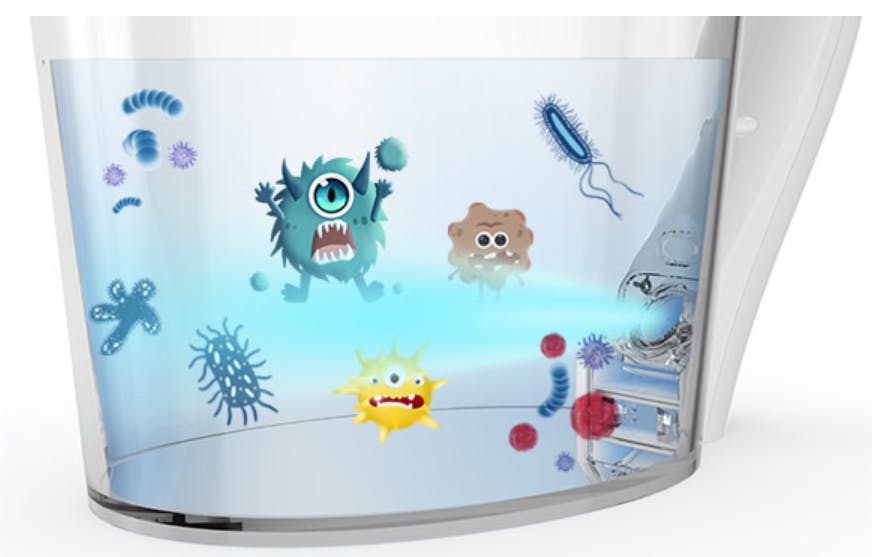
The Economic Cost Of Plastic
Besides for a high percentage of bottled water being tap water, let’s shed some more light on the economic effects of plastic! Did you know that people around the world buy a total of one million plastic bottles per minute? That’s a whopping 1.5 BILLION plastic bottles per day. Yep. And, only about 23% of those plastic bottles are recycled within the US. Americans purchase about 50 billion bottles of water bottles per year, averaging about 13 bottles per month for every person in the U.S.! Single use plastics frequently do not make it to a landfill or are recycled. A full 32% of the 78 million tons of plastic packaging produced annually is left to flow into our oceans; the equivalent of pouring one garbage truck of plastic into the ocean every minute. This is expected to increase two per minute by 2030 and four per minute by 2050. This could mean there will be more plastic than fish in the world’s oceans. Choosing to buy products that avoid the production of plastic altogether makes a BIG difference. Even when single-use plastics are sent to landfills (there are 3,091) active landfills in the U.S. alone), they aren’t harmless. Landfill liners can leak harmful pollutants into the watershed and plastics on top of landfills can be carried away by the wind. The best way to curb single-use plastic pollution is to reduce your personal plastic consumption.
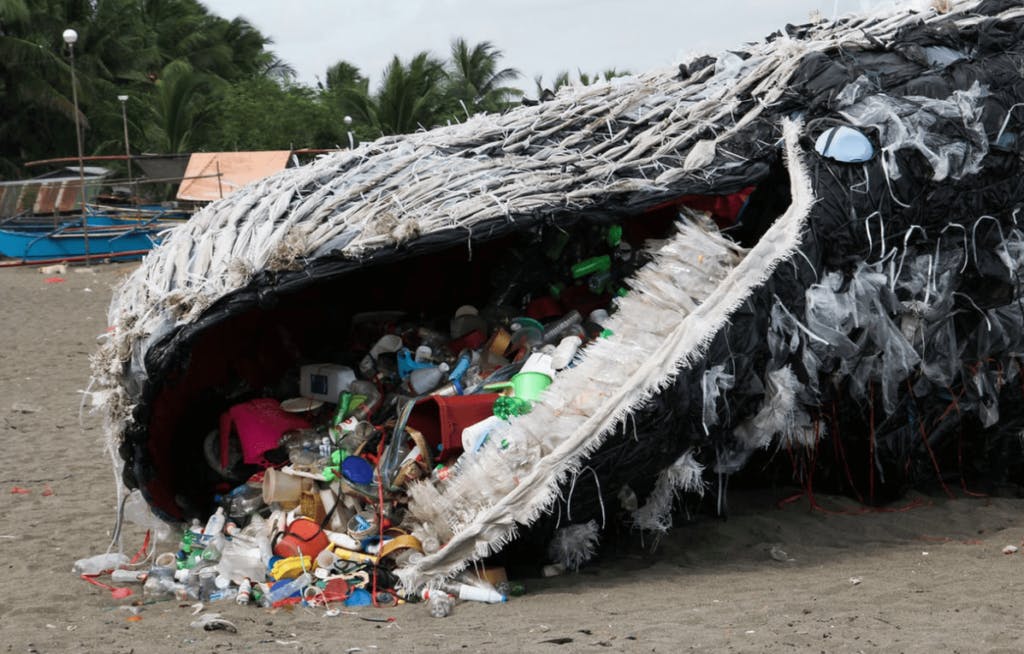
OUT OF POCKET COSTS
Okay, so now that we’ve covered the harm that plastic does to our planet, let’s talk money! The average cost of a single water bottle is $1.45. The total cost of water sold in the United States alone is $11.8 billion dollars and the global annual cost is $60 billion dollars! Practically speaking, what does this mean? What this means is, if every person purchases 13 bottles per month on average (approximately a total of 156 bottles per year), the cost of that is approximately $18.85 per month, $226.2 per year, $1,131.00 after five years, and $2,262.00 after 10 years.
What Can I Do About Avoiding Contaminants and Disinfectants and How Can I Reduce My Personal Plastic Consumption While Also Being Money Conscious?
Three words. Water Filtration System.
You may say to yourself, “I already have a water filter in my fridge”. While most big-name water filters can reduce contaminants and unpleasant odor, chloramine is much harder to filter because of it’s strong bond. A special type of activated carbon called catalytic carbon is the best tool for the job. High quality water filters that use catalytic carbon in their filter formulation also offer broad protection against other contaminants in drinking water. The bottom line is water is not one-size-fits-all. For example, if your water uses chloramine, it needs to be treated by your filter differently than if it uses chlorine.
What Are the Benefits of A Whole House Water Filtration System?
The greatest reason to buy a water filtration system is to support the wellbeing of you and your family. Having a viable home filtration system decreases contaminants and disinfectants. Less contaminants and disinfectants in your water means great tasting water at every faucet. The quality of your hair, skin and your allergies get better. Having a whole home water filtration system will reduce your plumbing costs in the long run. By reducing the disinfectants in your water, your plumbing system lasts longer because these disinfectants are corrosive and eat away at your fixtures (the sediments of the corrosion can seep into your drinking water) and it also significantly reduces scaley white deposits around your shower heads, faucets and fixtures . Your shampoo and body wash costs will go down as well because hard water makes your skin feel slimy in the shower and creates soap curds which makes washing more difficult.
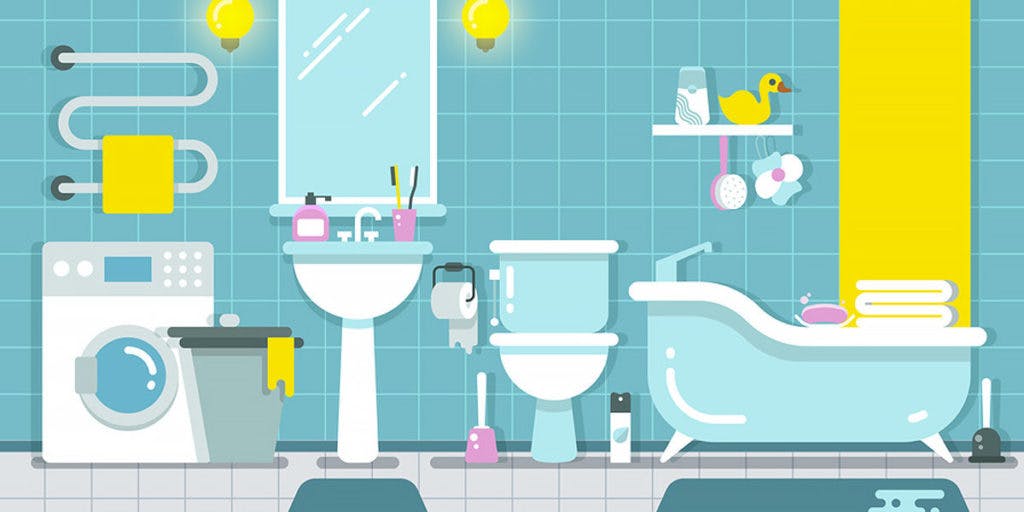
Different Kinds of Water Filtration Systems:
There are two different kinds of water filtration systems. There is a something called an under-sink water filtration system and a whole house water filtration system.
Under-Sink Water Filtration Systems deals directly with a point of use. What this means is, this kind of filter is specifically designed for water you are going to drink, cook with and potentially connect with your refrigerator.
Whole House Water Filtration Systems deals with the point of entry in the household. This means that the water in your entire home is being treated. Everything from the water in your washing machine, the water coming out of your shower head, your toiler water and tap water are all being filtered.
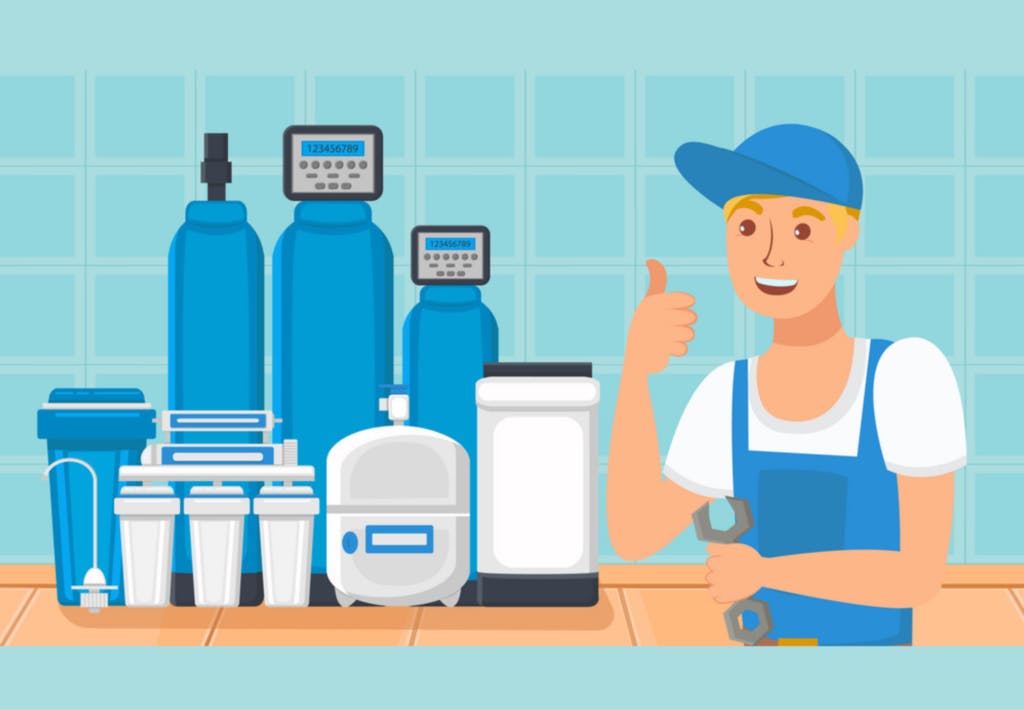
It’s pretty much that simple. At Watermen Plumbing, we have the knowledge, experience and resources to provide you with efficient whole house or point of use water filtration and conditioning.
YOU SHOULD SCREEN YOUR WATER REGULARLY!
Municipal drinking water, well water, and irrigation water contamination emergencies are becoming more common in the news every day. Those affected were likely confident that their water was perfectly safe.
It is unlikely that you will be warned that your drinking water is contaminated before you and your family have already consumed an unhealthy level of contaminants.
Keep yourself and your family safe by regularly screening the water you drink for lead, pesticides, bacteria, and other contaminants
For more information, or if you have any questions, give us a call @ 954 997 5797 to speak with a specialist.
Watermen Plumbing Inc.
Specializing in residential, commercial plumbing and certified water filtration experts
Serving an 18-mile radius from our headquarters. Serving Broward and Dade county.

